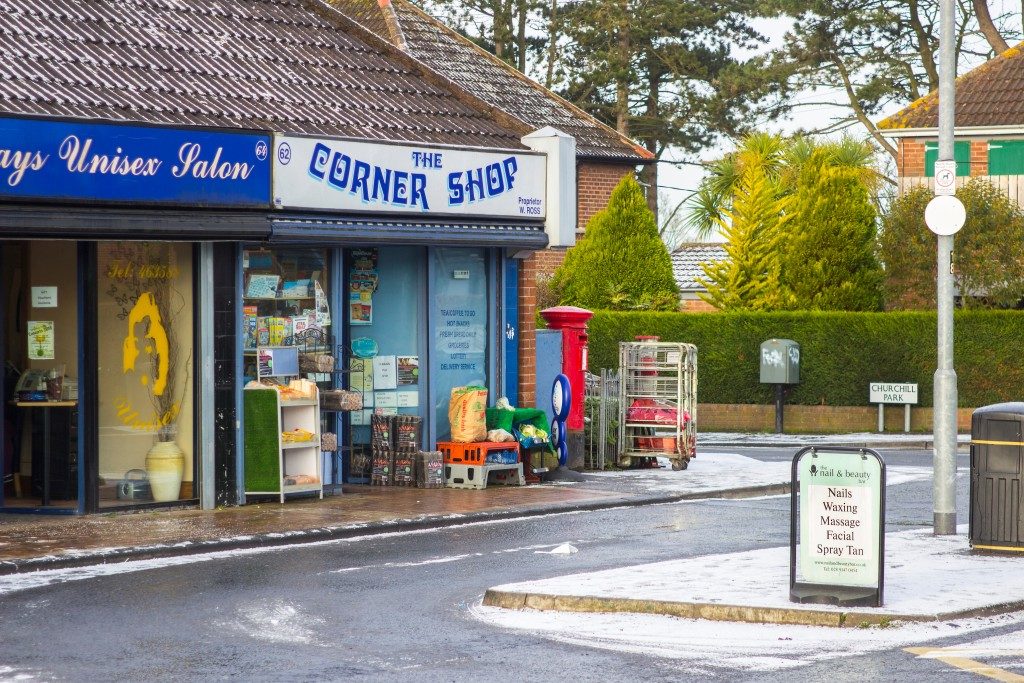As a manager or owner of a brick-and-mortar store, you know too well that the industry is highly competitive and profit margins can be very thin, with a tendency to fluctuate with the season. Using economies of scale and buying shop supplies wholesale is just the beginning of keeping your costs down; if you want to stay in business, you need to make sure all expenses are worthwhile and cut unnecessary costs without compromising on quality or customer experience. Here are some ways to accomplish this goal.
Managing rent
When you run your budget, you’ll find that the cost of renting a commercial space is usually among the biggest line items each month. How much of that floor space do you need? You might find that extra space isn’t necessary to display all your items in a good layout. This can be an excellent opportunity to rent out the extra space for events, or as a co-working area, for example. You can subsidize your rental costs while bringing more foot traffic and exposure to your store.
Utility costs
Running a brick-and-mortar store can incur significant expenses when it comes to utilities and energy consumption. But are all of these costs necessary? You might be able to get by with a slower internet connection package, for instance. Energy-saving practices inside the store can also help – the A/C can be shut off immediately after hours when no more customers are coming in, and your team is just wrapping up various back-office tasks.
Renovation and design
Seasonal events and special occasions are all seen as massive opportunities for retail stores to increase their sales numbers. Giving your display a new look can certainly bring in more customers, but at what cost? Before you go overboard with your renovation and design efforts, see if cost-effective solutions might work. A simple change in-store lighting, for instance, can refresh your look without needing a full store makeover.
Online marketing
Even though you’re operating a physical store, you don’t have to be disconnected from the online world. The biggest advantage of a physical store is offering customers a direct experience with your products, while online tools can be used to increase your exposure and reach more customers. Step up your online marketing efforts to maximize the latter benefits; you could list your entire inventory online, for example, while focusing on best-sellers at the physical store.
Automation
How much of your manpower hours are being spent on repetitive, time-consuming tasks? Getting face-to-face service from an actual human is one of the main draws of shopping at a brick-and-mortar store, so let your employees focus on that. Free or cost-effective automation tools help you manage schedules, speed up data entry and inventory tracking, or handle tasks such as invoicing and marketing analysis.
Store incentives

Most business owners know that maximizing customer loyalty is more valuable than acquiring new customers, but are your efforts in this regard, taking up unnecessary resources? If you give away freebies for store purchases, the material and packaging costs can easily add up. Offering customers a cash reward or discount on their next purchase is a terrific and completely paperless incentive to bring them back.
Running a successful brick-and-mortar store can be incredibly tough, but you can always find ways to maintain your edge. Keep on evaluating your expenses to determine what’s necessary and find out what can be cut or optimized each month.



